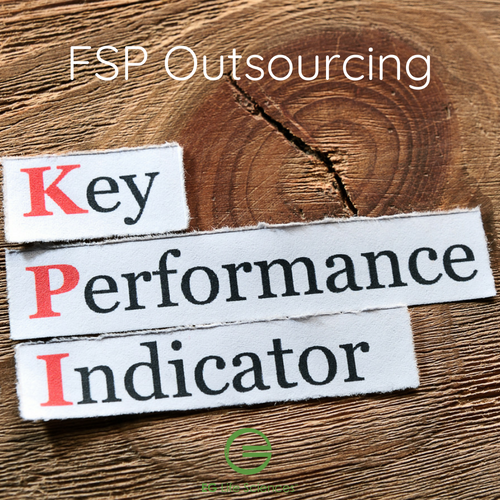Pointillism is a technique of painting using tiny dots of various pure colors, which become blended in the viewer’s eye when seen at a distance. It was developed by George Seurat with the aim of producing a greater degree of luminosity and brilliance of color. Alone, each colored point on the canvas is just that and only that. It is only when these colors are properly grouped together does the picture make sense.

Source: A Sunday Afternoon on the Island of La Grande Jatte, 1884–86, oil on canvas, Art Institute of Chicago
Now, what if we imagined each point of paint in this masterpiece as a piece of data that contributed to the metrics used to measure the overall health of a Sponsor’s clinical programming Functional Service Provider (FSP) model? Alone each data point would mean nothing but grouped together in a logical manner, you can get a better sense of the landscape and truly see the direction in which you and your clinical trial are headed.
At any given point in time, the clinical trial is delivering an immense amount of information and Sponsors need to have meaningful metrics in place. Metrics, typically in the form of Key Performance Indicators (KPIs), should be agreed upon from the beginning of the FSP relationship and these baseline KPIs may be modified and evolve over time. These KPIs, when relevant, will be able to paint a scene and provide the perspective that both parties need in order to partner and work together effectively. All actions agreed upon by both sides should be developed with the ability to influence these KPIs and, therefore, be able to show improvement over time.
An FSP model will benefit from using KPIs and metrics that measure Productivity, Speed & Quality. Below are a few general ideas of what these metrics could look like:
PRODUCTIVITY
- Units of Submission Datasets = Productivity Measure
- Number of Distinct (Unique Vs. Repetitive) Presentations by Number of Tables, Listings, Figures
- Number Analysis Datasets Produced/Modified
- Number of Testing Programs Produced/Outputs Generated
SPEED
- Time or Days Taken for Deliverables (e.g. Database Release to Draft TLGs)
QUALITY
- Quality Levels (% of Errors on Final Deliverables)
- Determine if from:
- Specifications
- Data
- Programming
The summed granularity of these KPIs, like Pointillism, produces “a greater degree of luminosity” that contribute to the Sponsor’s vision, providing the grit needed to gain traction and move or pivot in the proper direction. Adherence to the KPIs provides the symbiotic foundation that both the Sponsor and FSP need in order to contribute to one another’s strength and help bring the trial successfully to the finish line.
What metrics and KPIs do you see to be the most relevant for you and your FSP solution? We’d love to hear your thoughts! Send us a note to solutions@eliassen.com and/or connect with us on LinkedIn.